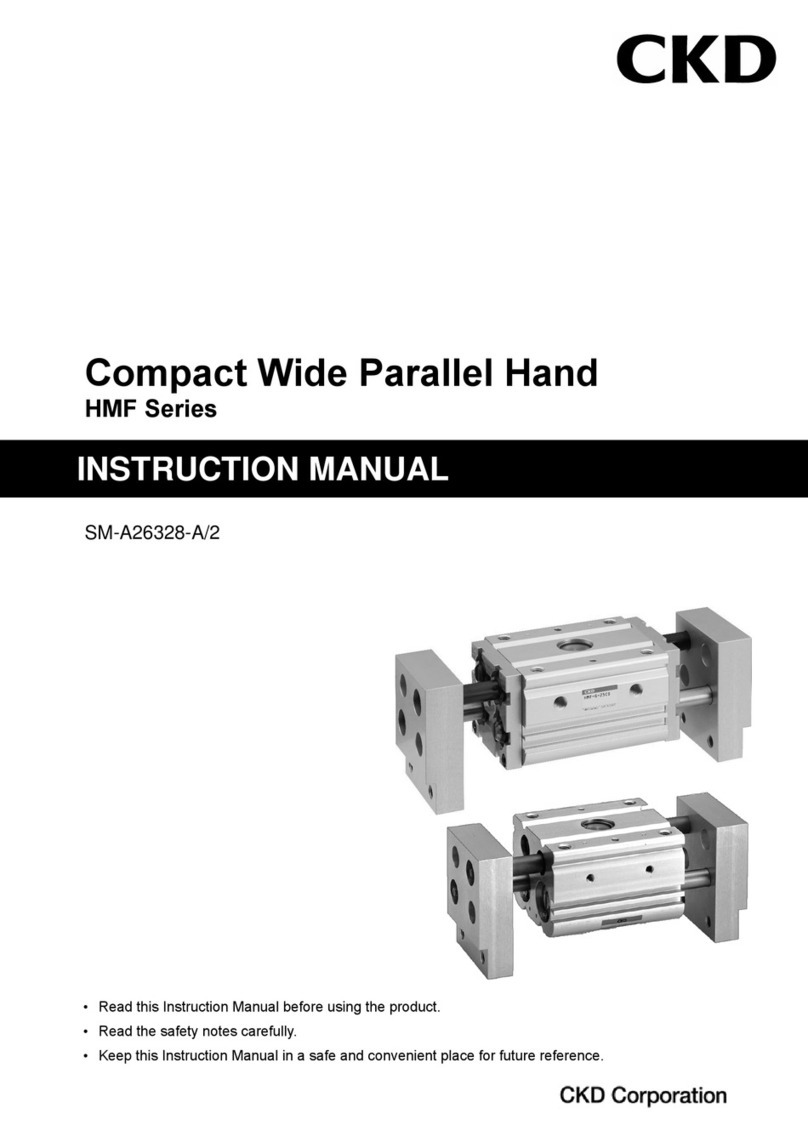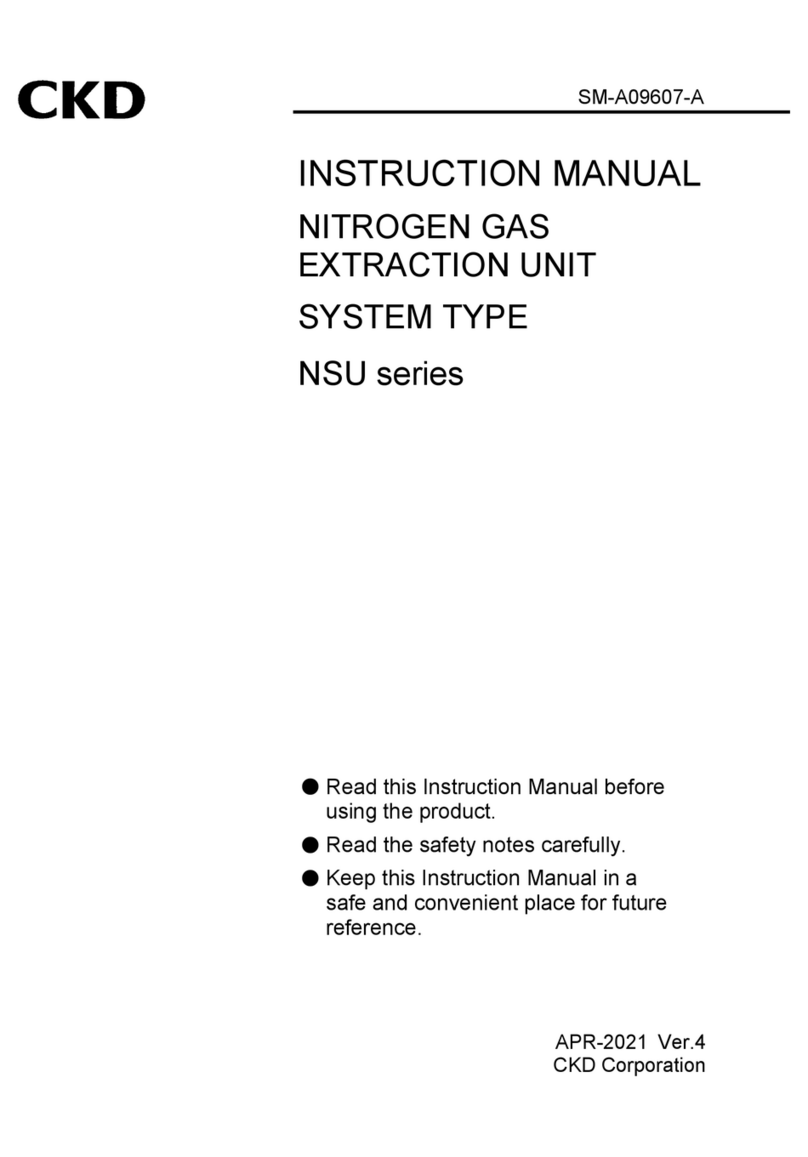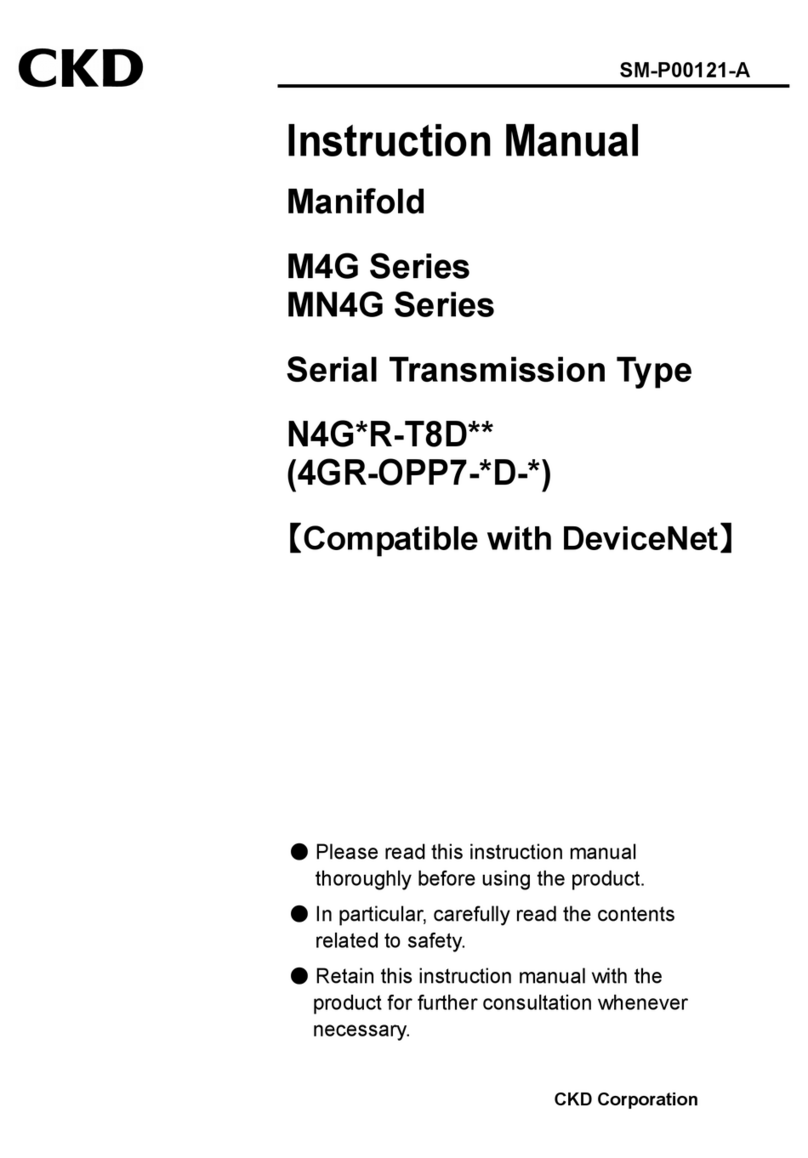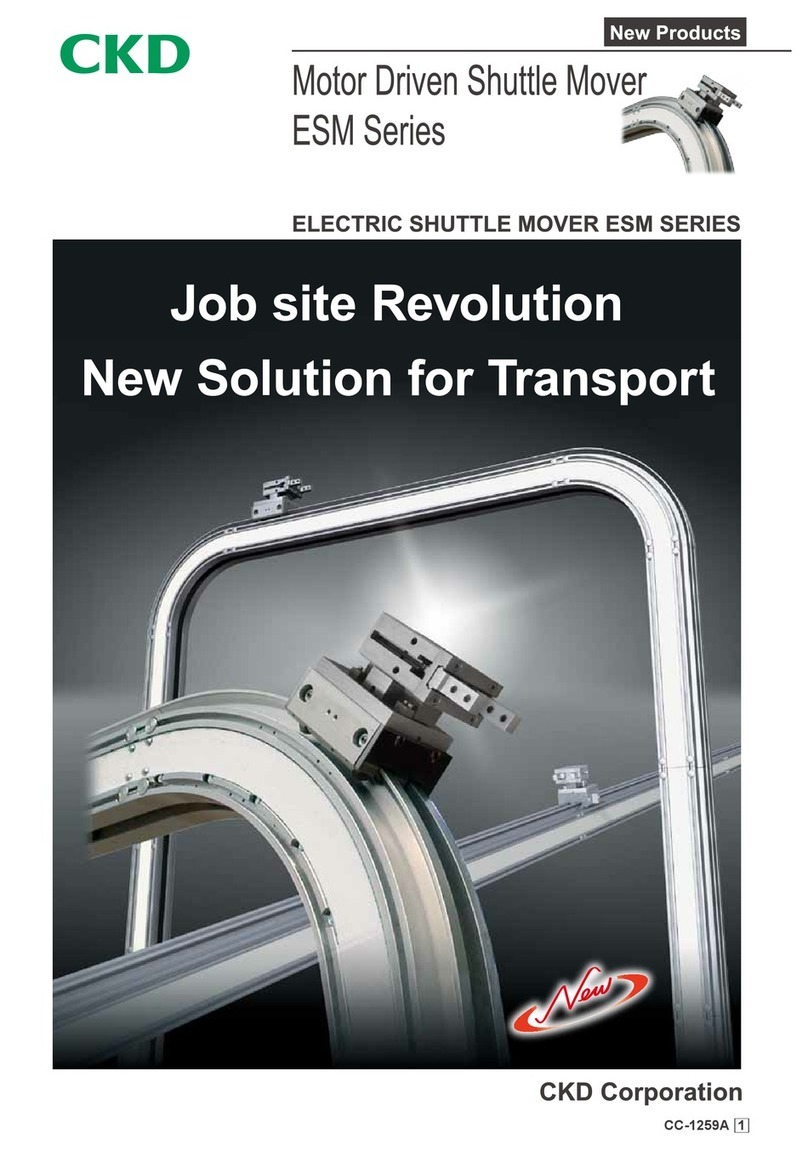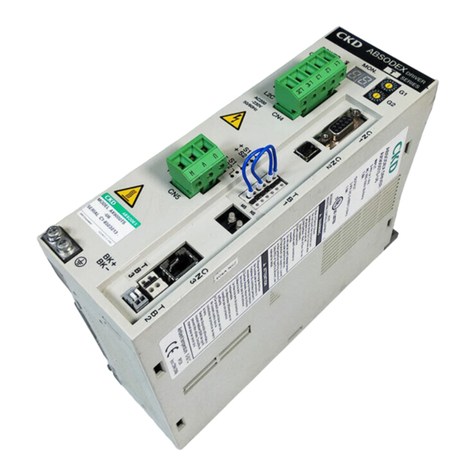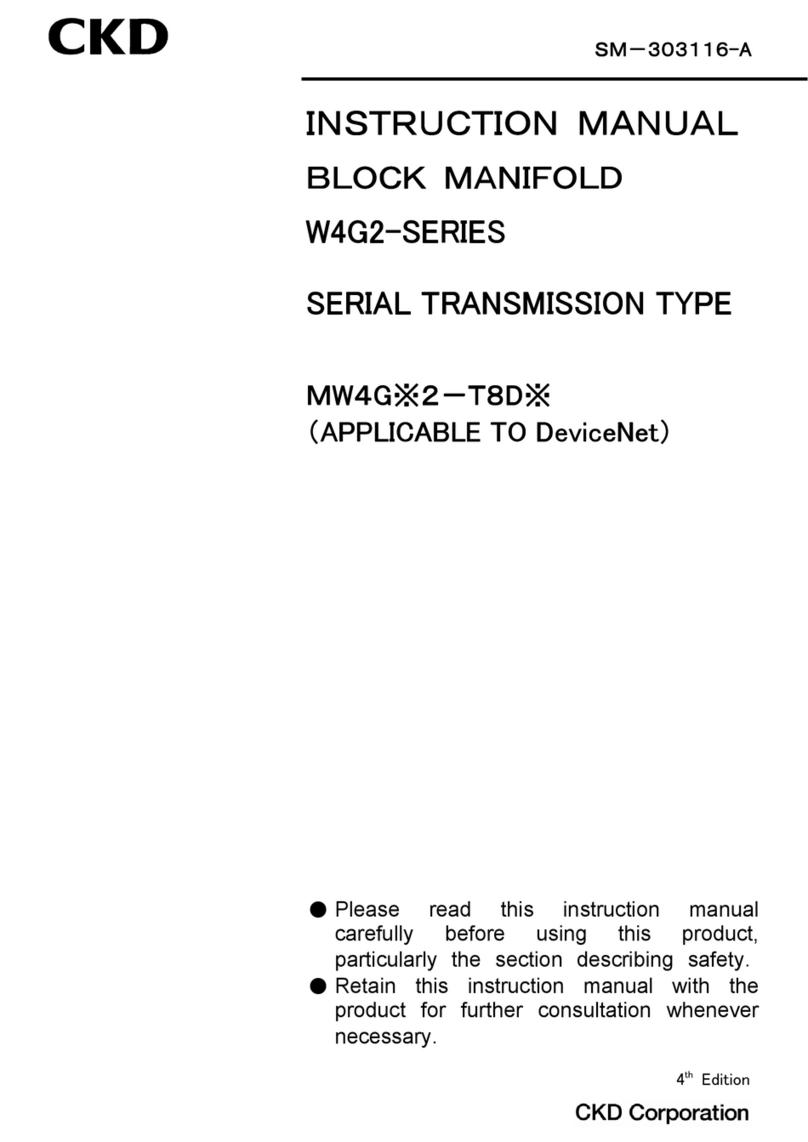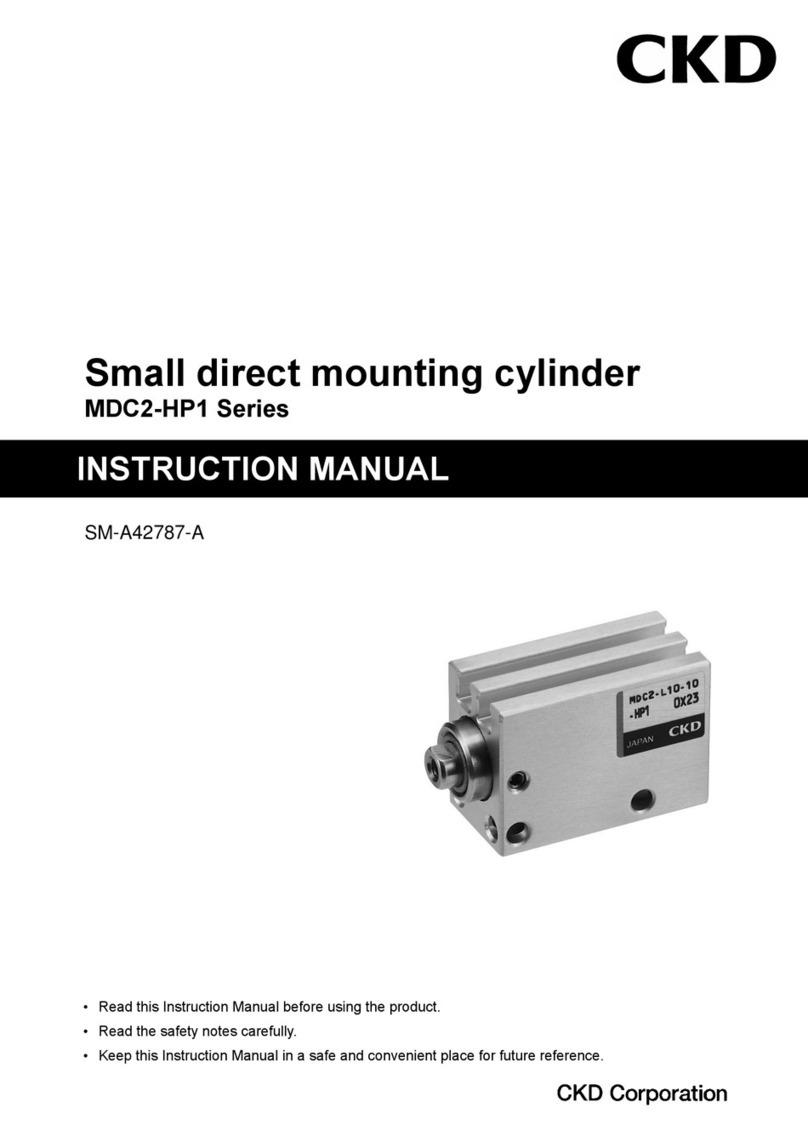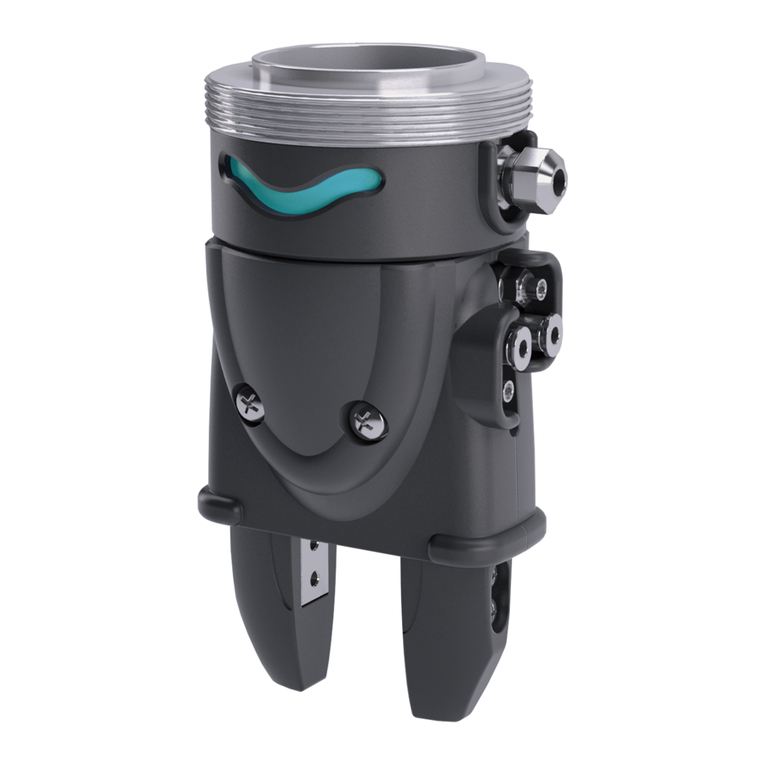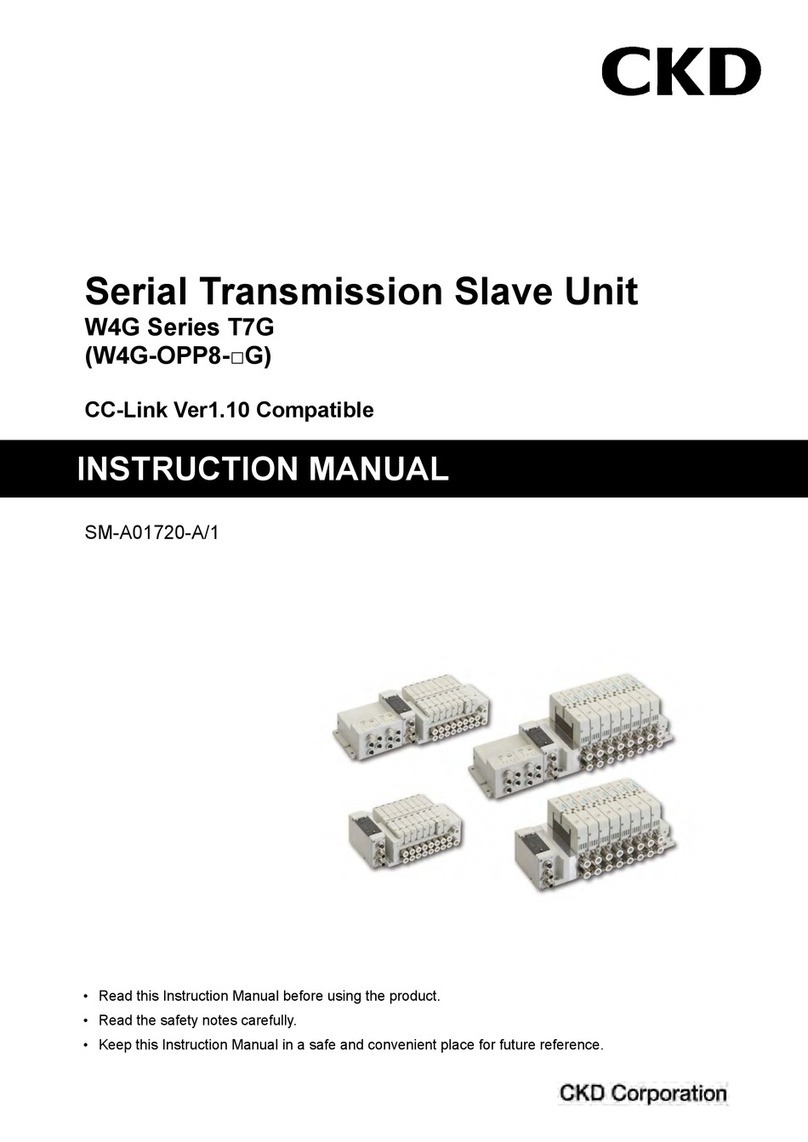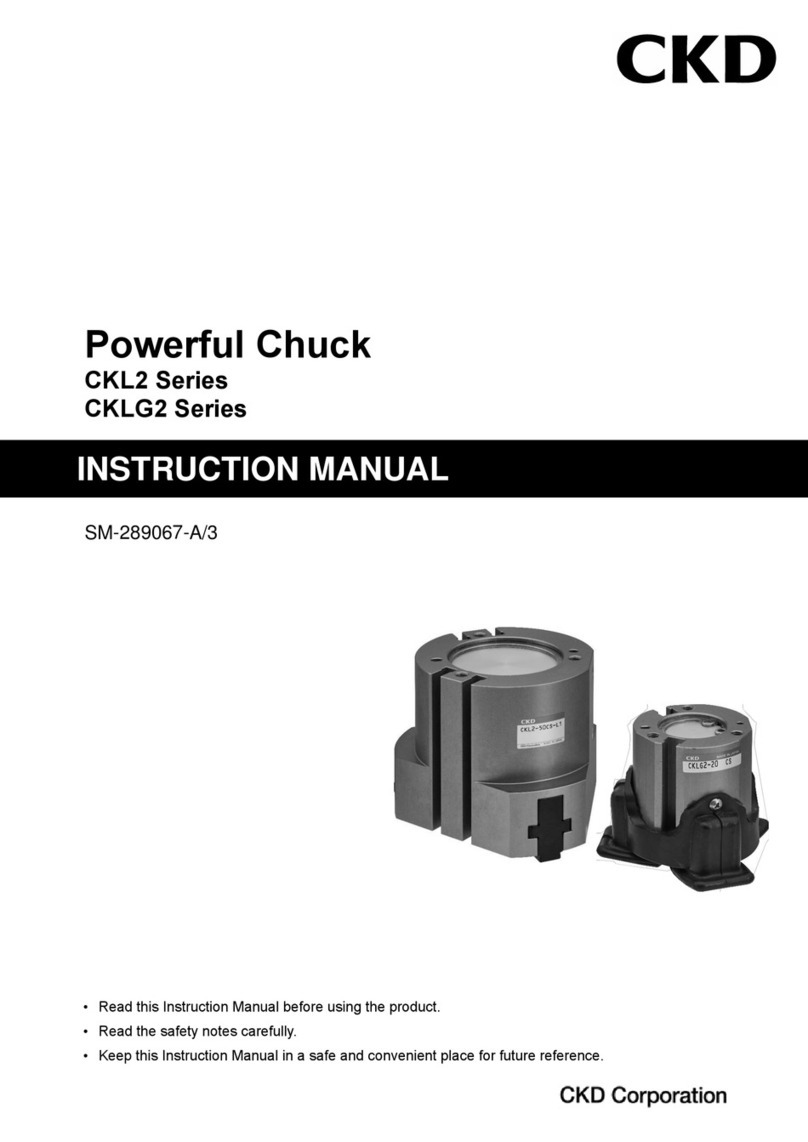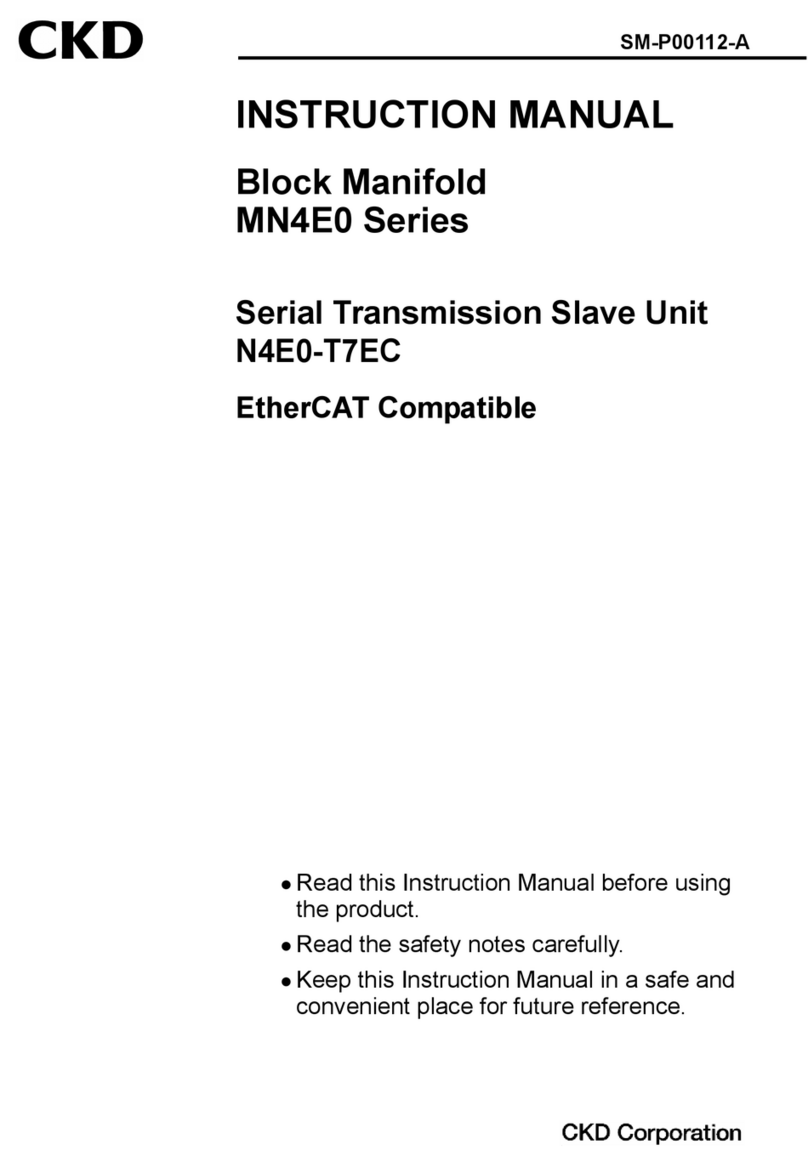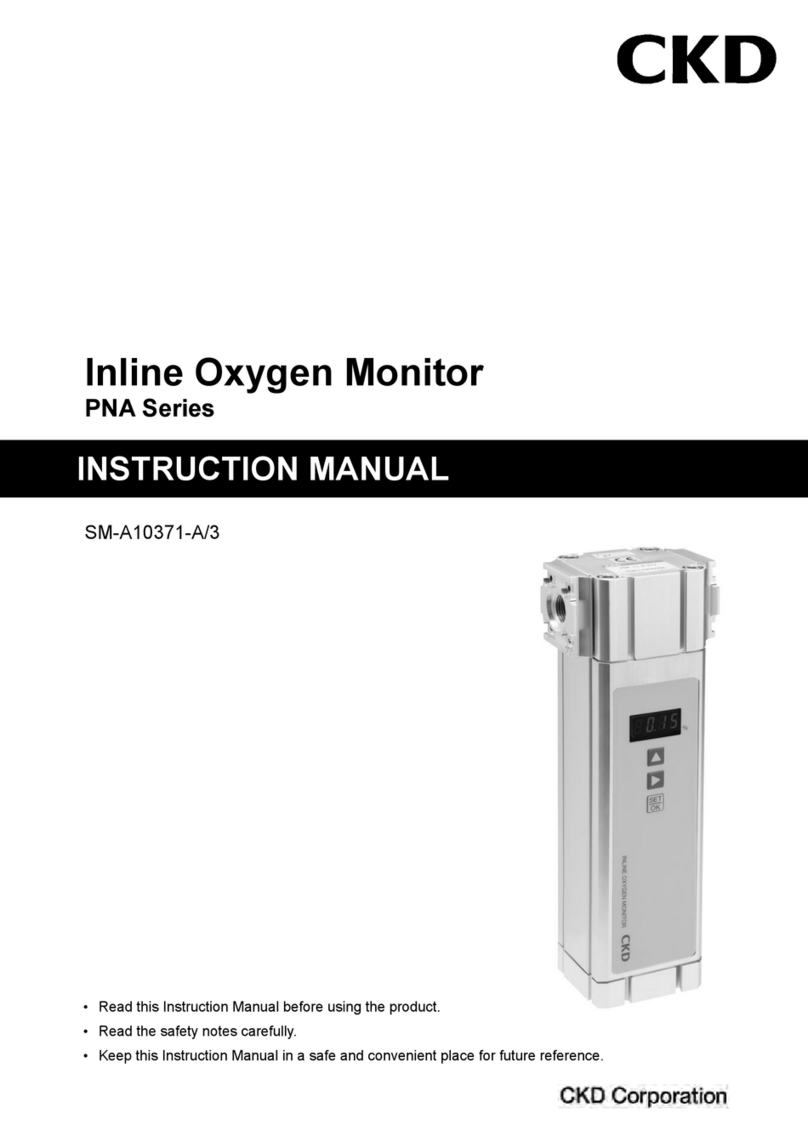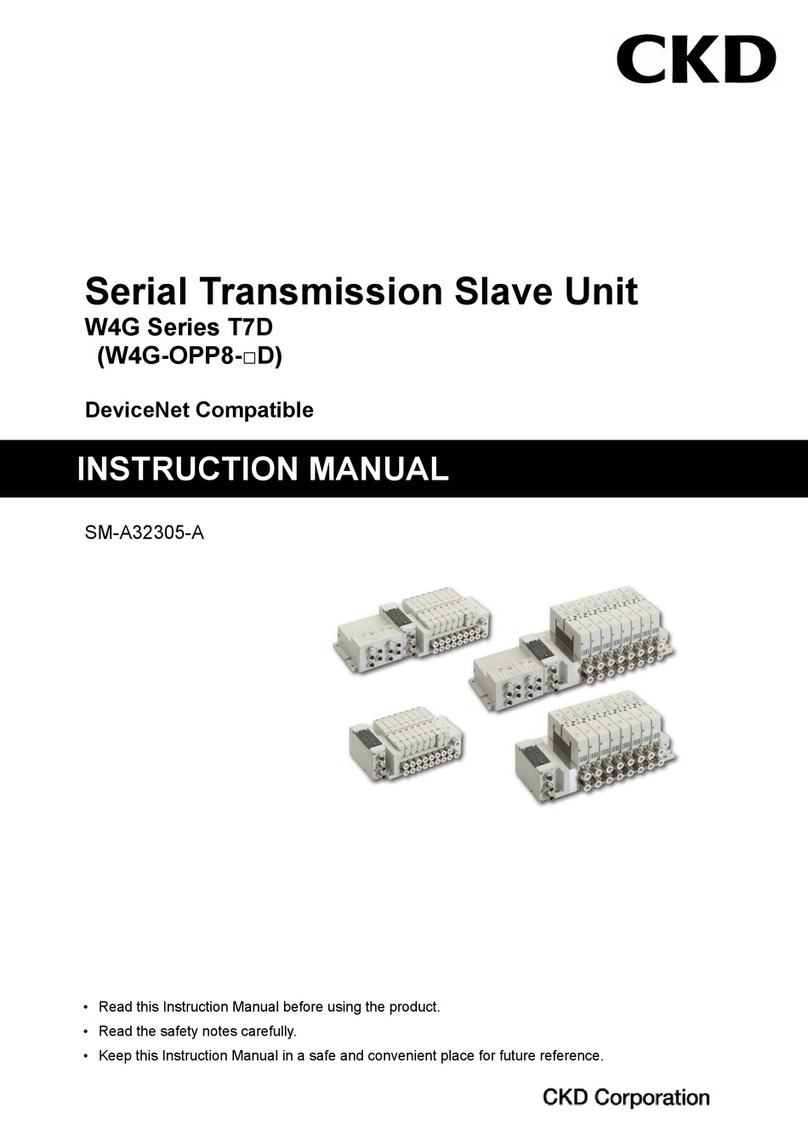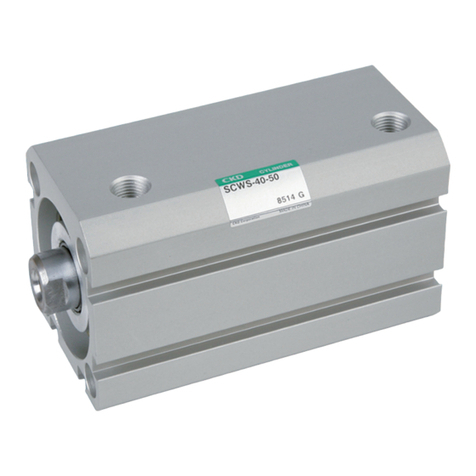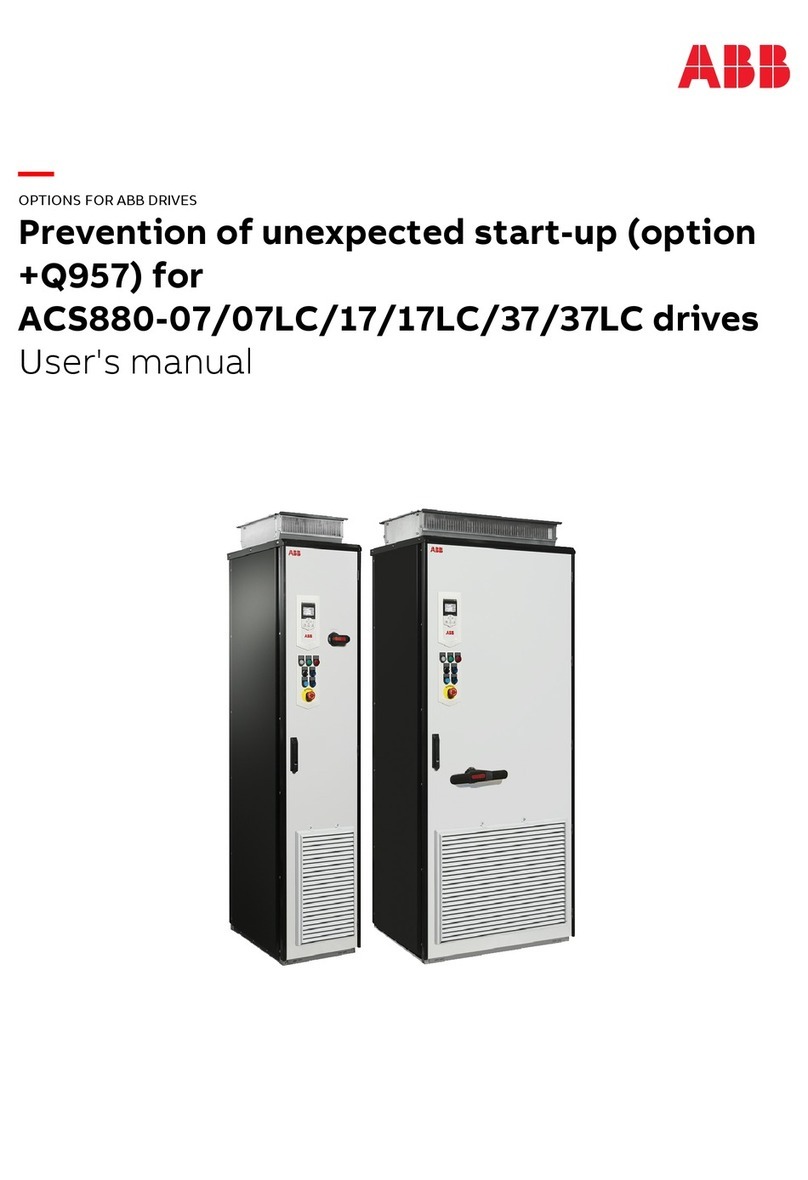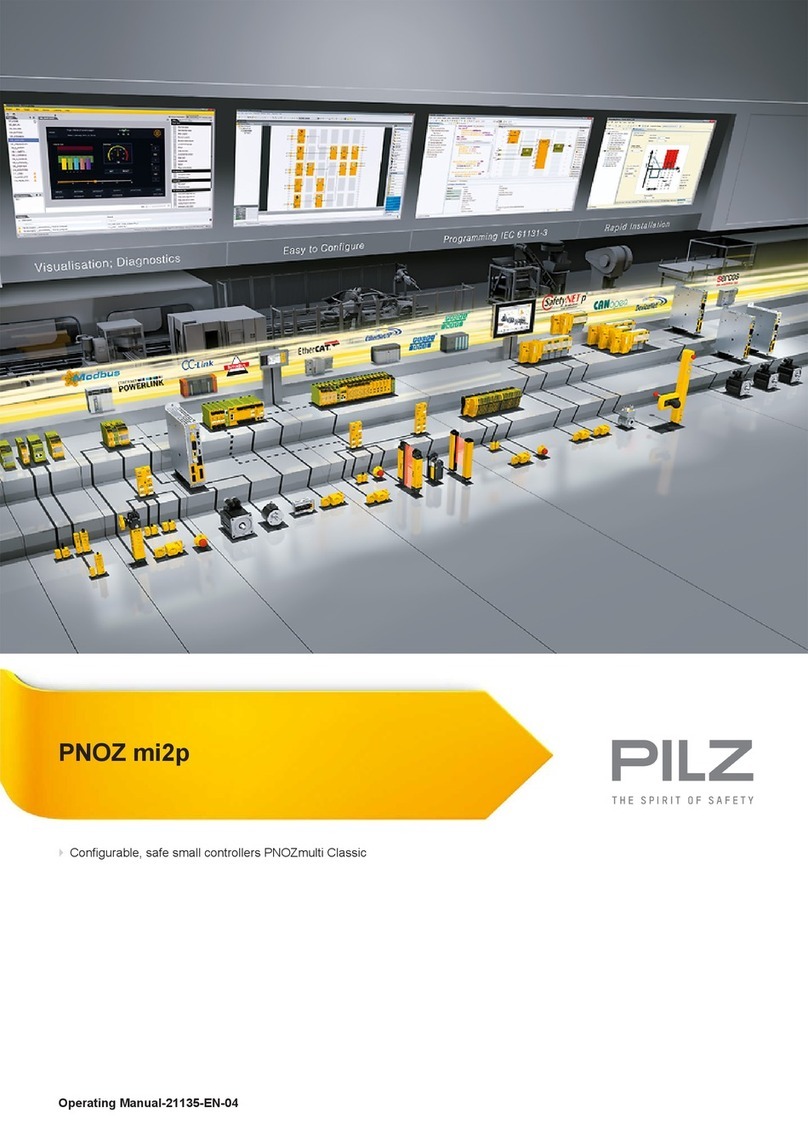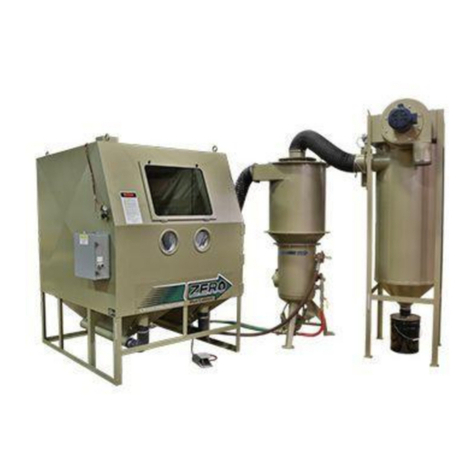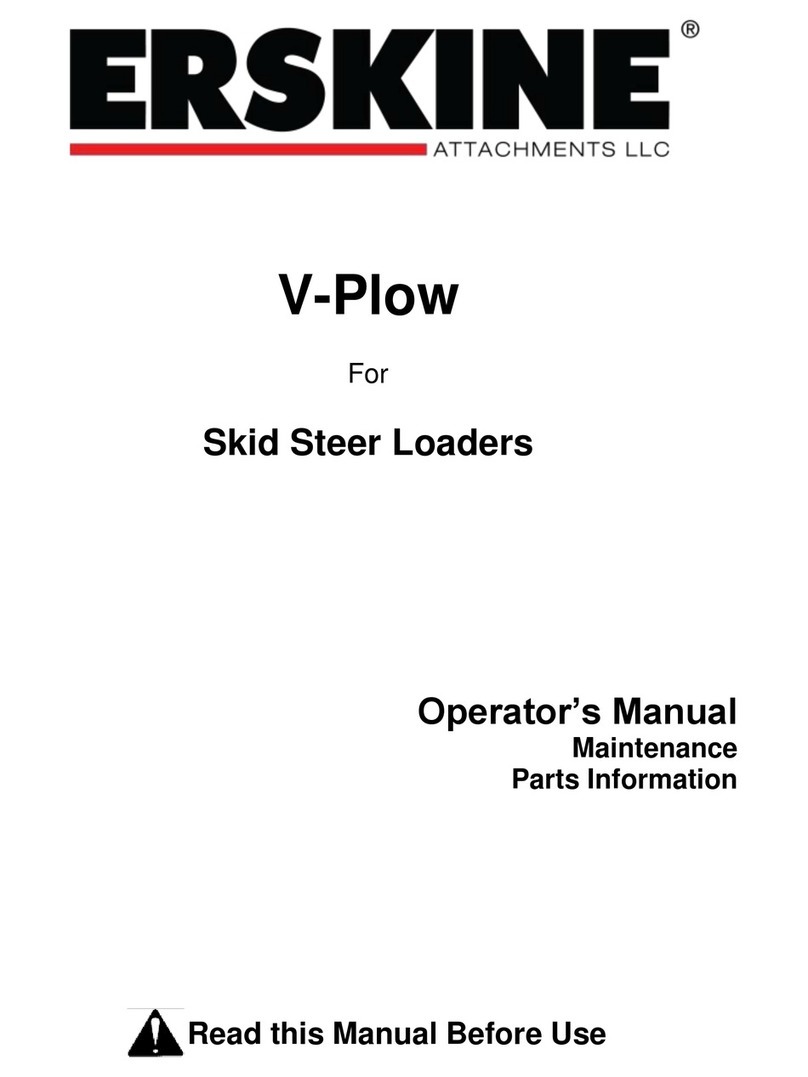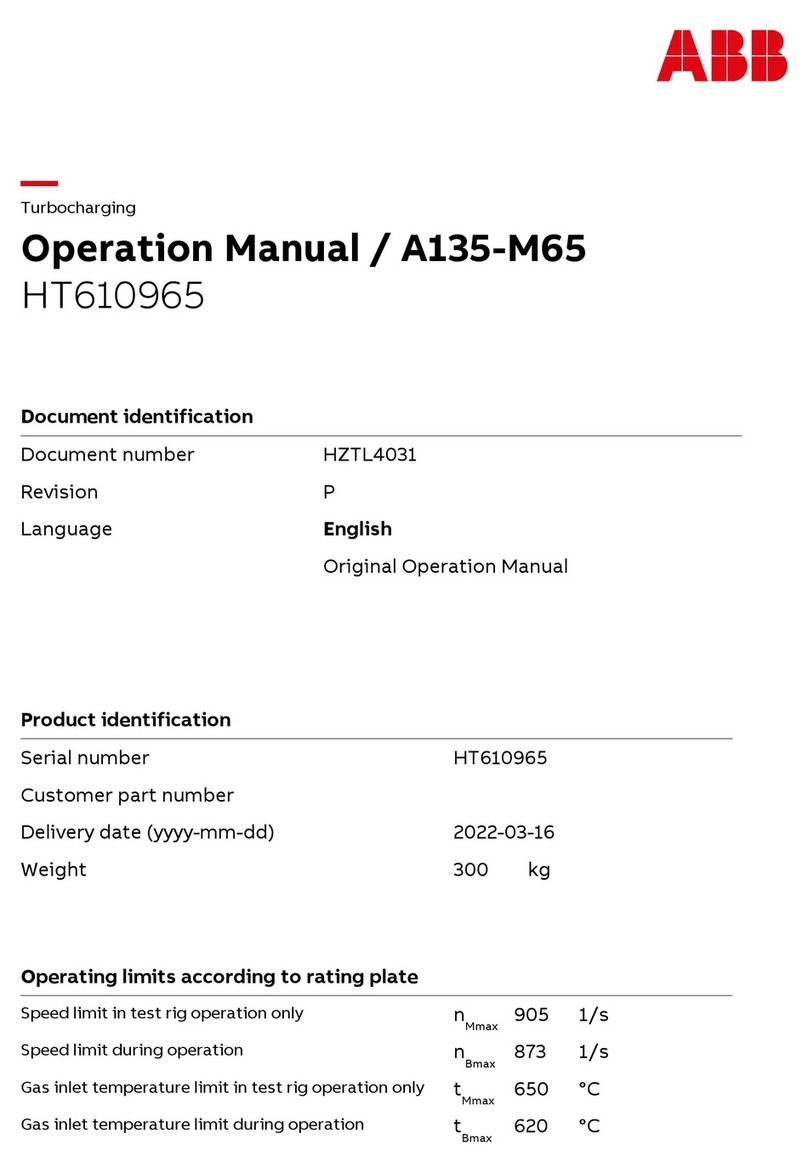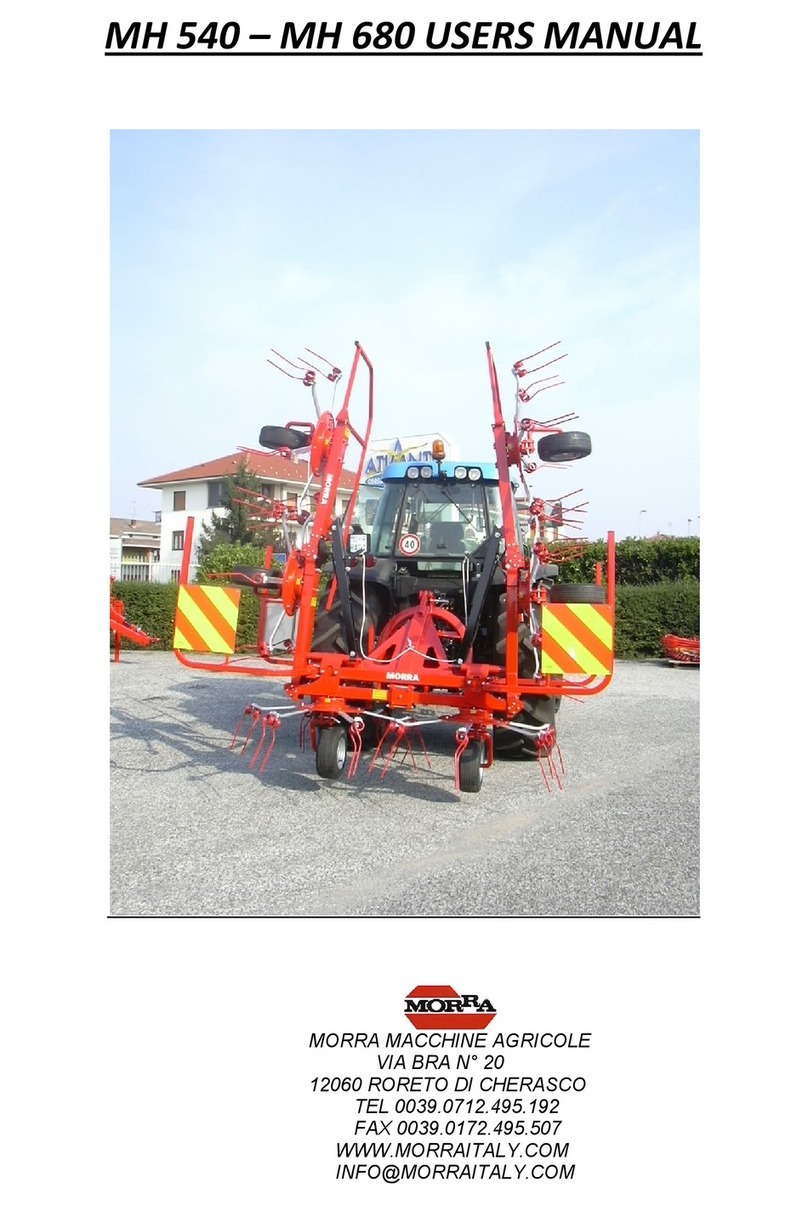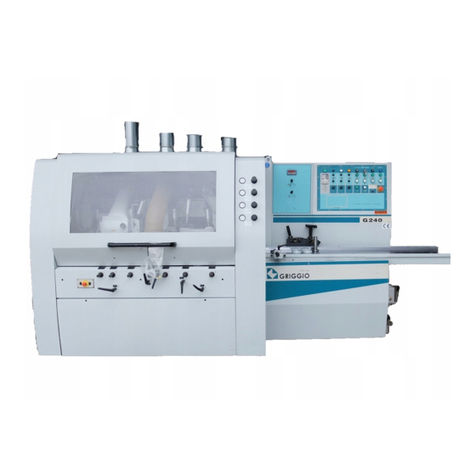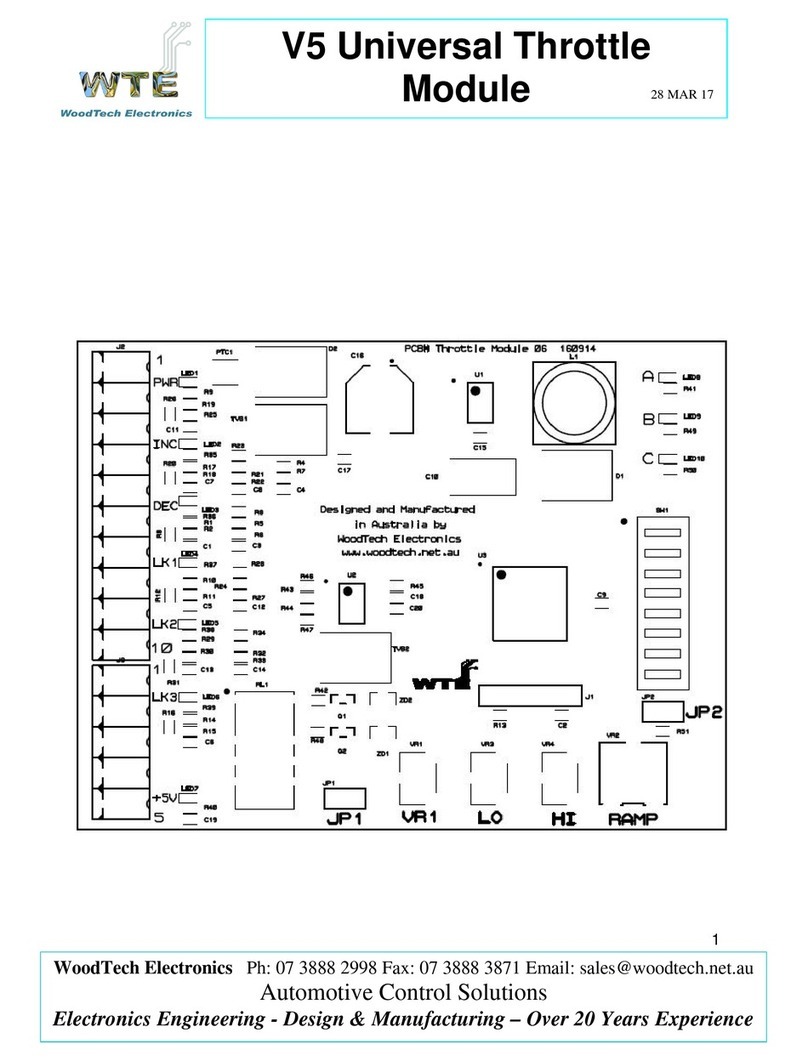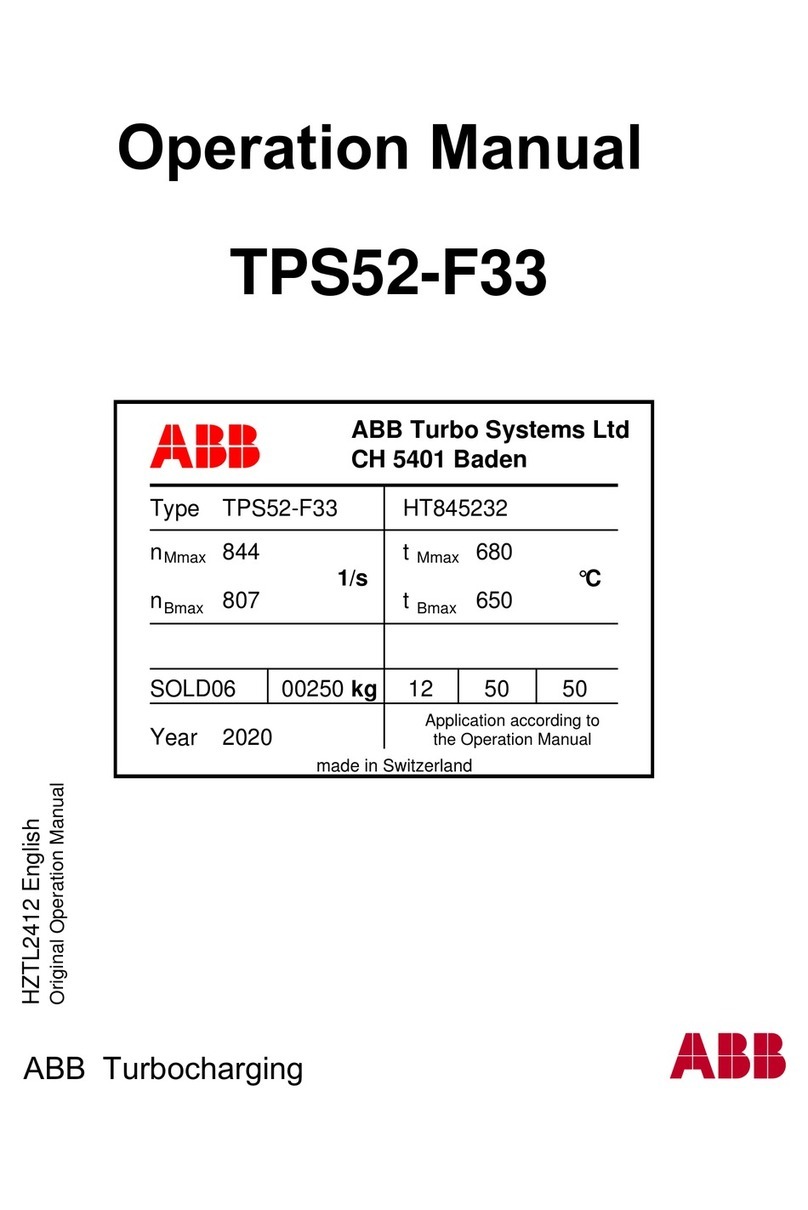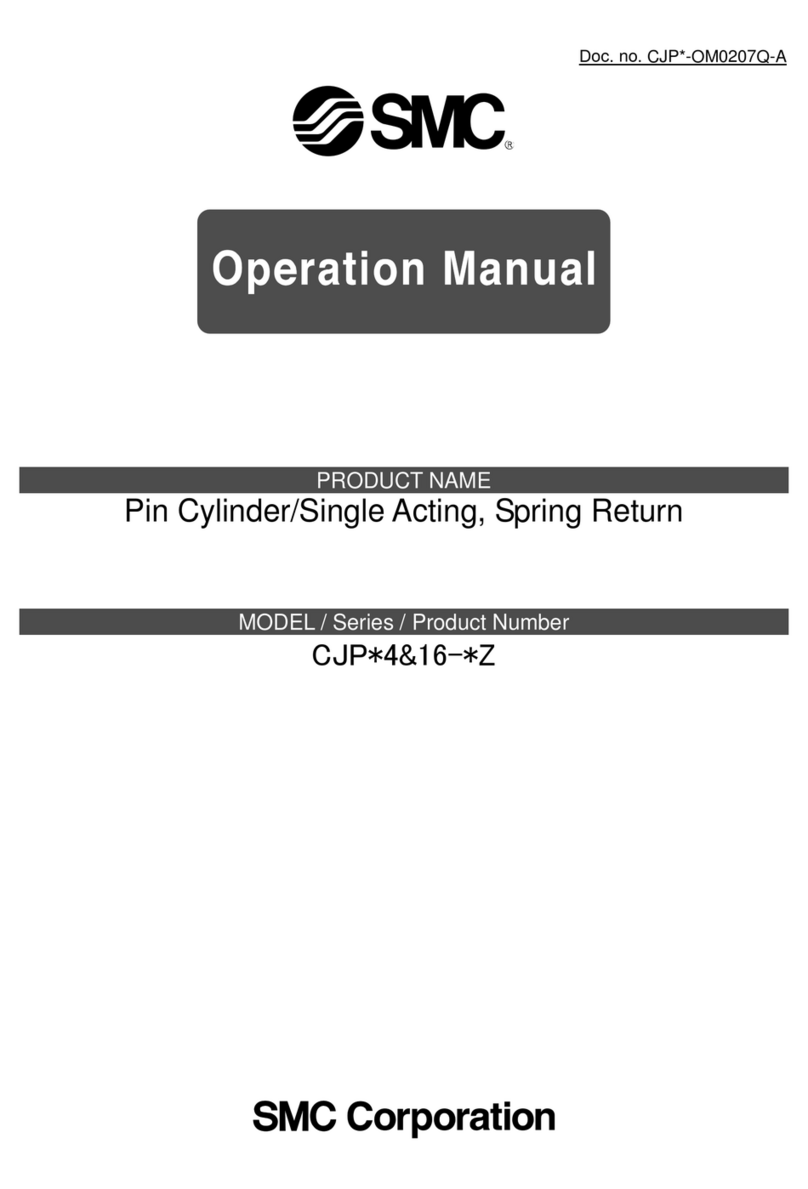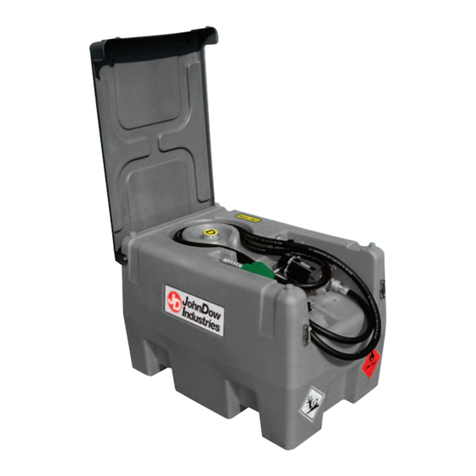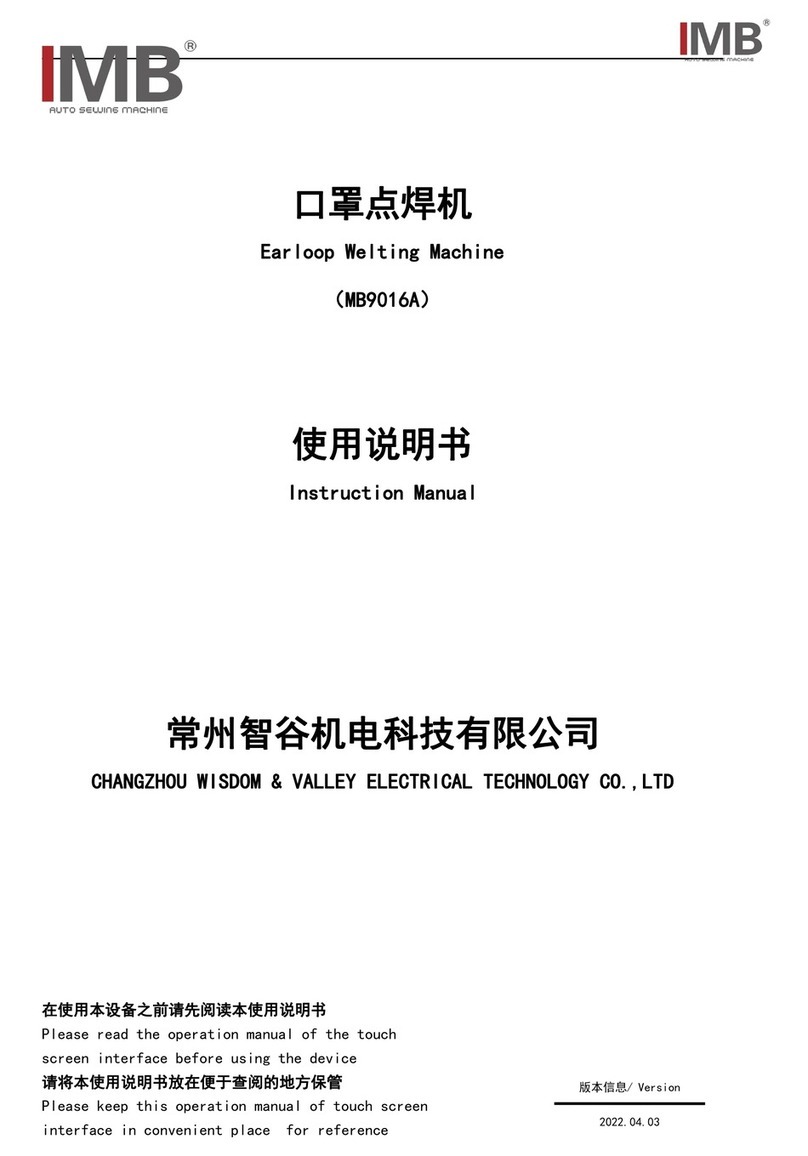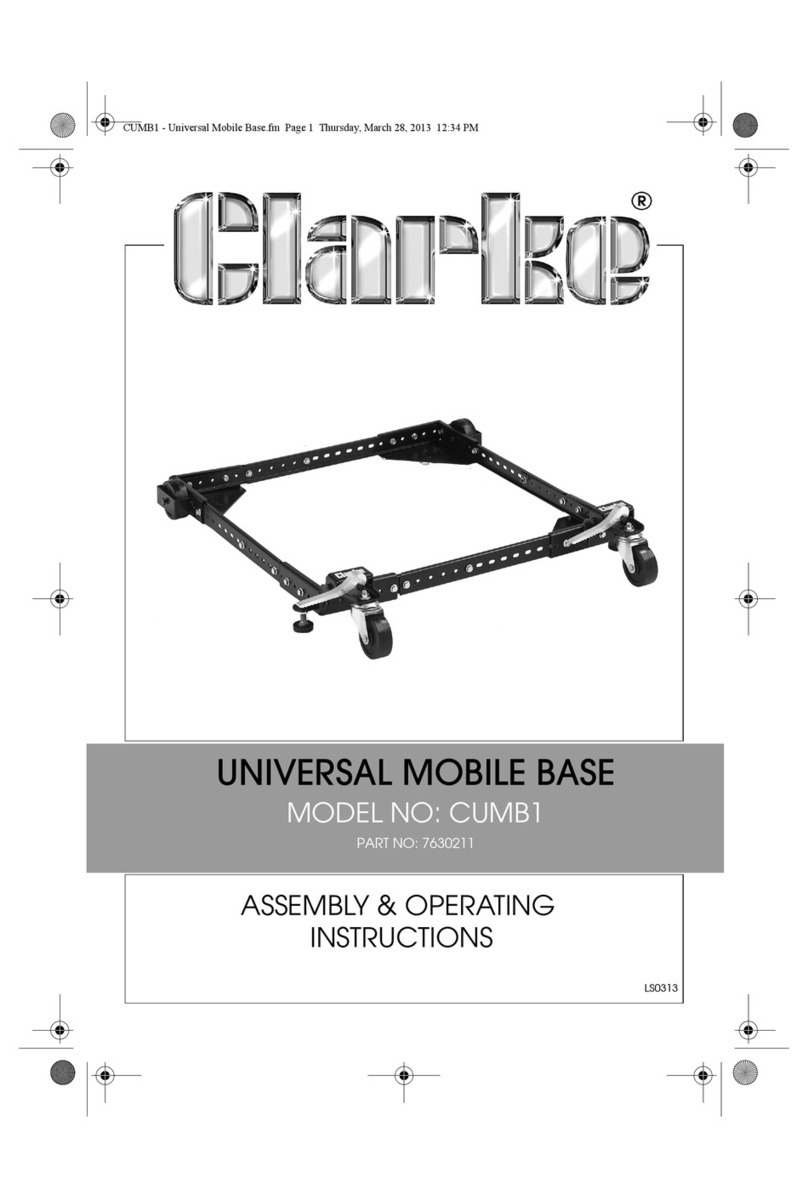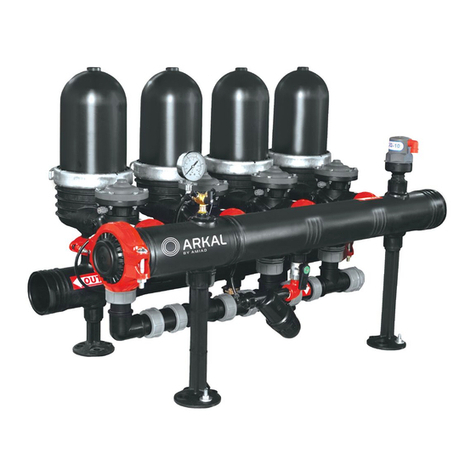
How to use
4. Attaching and removing individual connectors
5. Handling the vacuum switch
1. Pressure setting
1 Energizing (check wiring and supply DC power.)
2 Turn the hysteresis setting trimmer (HYS) fully in the CCW direction to set hysteresis to a minimum. (Only for vacuum switch with
analog output (-NA))
Note) If vacuum is unstable, output destabilizes if hysteresis is setting minimum.
3 Adjust the pressure setting trimmer (S1 or S2, SW) to the required setting.
Note) Use a vacuum gauge, or check the set pressure when adjusting actual machinery.
4 Apply pressure and confirm that operation actually takes place.
(For vacuum switches with analog output (-NA)
Switch output (SW): The operation (LED red) turns on when set pressure is exceeded.
(For 2-point switch output vacuum switch (-NW))
Switch output 1 (S1): The operation (LED red) turns on when set pressure is exceeded.
Switch output 2 (S2): The operation (LED green) turns on when set pressure is exceeded.
2. Setting hysteresis (only for vacuum switches with analog output (-NA) )
1 Hysteresis is adjusted using the hysteresis setting trimmer (HYS)
2 Hysteresis is adjusted from 1 to 15% of the setting. Hysteresis increases when the trimmer is turned to CW.
3 Checking hysteresis
Gradually raise and lower pressure near the set pressure, and using the vacuum gauge, monitor values at which the operation
LED turns on or off. The difference in pressure displayed when the LED is on or off is hysteresis.
4 Example of hysteresis adjustment
If pressure has a pulse and output is thin and intermittent, use large hysteresis.
To set the tolerable range for pressure drops.
Attaching individual connectors
Individually inserted connectors are installed by inserting until they
stop.
Removing individual connectors
To remove individually inserted connectors, hold the lever on the
back of the connector down and pull the plug out.
Connector back
VSG Series
3. Adjustment method of break valve
Adjustment method of break air
Turning the vacuum release air adjustment needle to right (CW) decreases
the release air flow and turning it to left (CCW) increases it.
* After adjusting vacuum release air, tighten the lock nut so that the setting
does not change.
100 VAC 24 VDC
VSY
VSH VSU
VSB VSC
VSG
VSK
VSKM
VSJ
VSJM
VSX
VSXM
VSQVSZM Ejector system
VSY
VSH VSU
VSB VSC
VSG
VSK
VSKM
VSJ
VSJM
VSX
VSXM
VSQVSZM Ejector system
36
(Black) 0V
(Red) + V
Lever
-0V
(black)
+ 24V
(red)
() blue ( ) blue
Flow: large
P
Flow: small
Vacuum break air flow control needle
Lock nut
